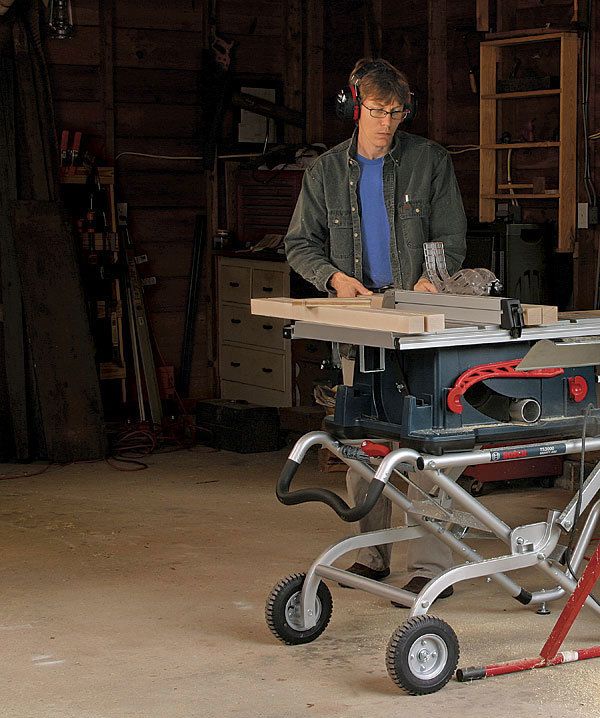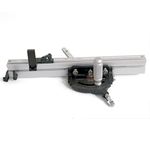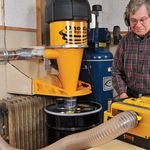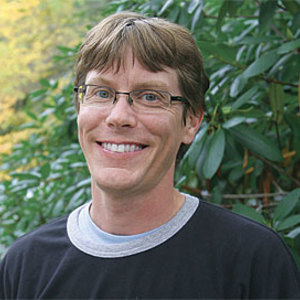Portable Table Saws
A new breed of small, powerful saws is a perfect fit for tight shops
Synopsis: Are benchtop tablesaws a realistic alternative to full-size tablesaws for serious woodworkers and furniture makers? Patrick McCombe tested six new saws from Bosch, Craftsman, DeWalt, Jet, Makita, and Ridgid. To be considered for the test, saws had to have riving knives and at least 24 in. of rip capacity. He found that all these small tablesaws had good power and made high-quality cuts. The differences were essentially in the details.
The first benchtop tablesaws were little more than portable circular saws mounted upside down in plastic housings. They lacked the power and precision required to make furniture. But these saws have evolved into larger and more substantial machines, capable of surprising accuracy. And the latest models have European-style riving knives, a much better safety option than the old-school splitters.
Given their rolling stands, light weight, and small footprints, these little saws are the perfect choice for woodworkers who have downsized their homes and now live in condos and apartments. They’re also good for those who simply want to keep their car(s) in the garage. Benchtop saws cost less than contractor’s saws and much less than cabinet saws, making them a good first saw for beginner woodworkers.
But are benchtop tablesaws a realistic alternative to full-size tablesaws for serious woodworkers and furniture makers? The short answer is yes. I tested a half-dozen new saws, including models from Bosch, Craftsman, DeWalt, Jet, Makita, and Ridgid. To be considered for the test, saws had to have riving knives to prevent kickback, the most common tablesaw accident. Without a splitter or riving knife in place, a board can pivot sideways as it passes the blade and catch the blade’s back teeth, which launch it toward the user. But unlike old-style splitters, which are stationary, riving knives move with the blade, which means they’re on the saw—preventing kickback—for almost all types of cuts.
The saws also had to have at least 24 in. of rip capacity, so they could conceivably break down full sheets of plywood—although doing so without an extra pair of hands or additional outfeed and infeed support is exceedingly dangerous. All but one of the saws have folding stands that put the saw at a comfortable working height and, when folded, act as two-wheel dollies for moving the rig around.
From Fine Woodworking #209
For the full article, download the PDF below:
Fine Woodworking Recommended Products

Rockler Dust Right 650 CFM

JessEm Mite-R Excel II Miter Gauge
























Log in or create an account to post a comment.
Sign up Log in